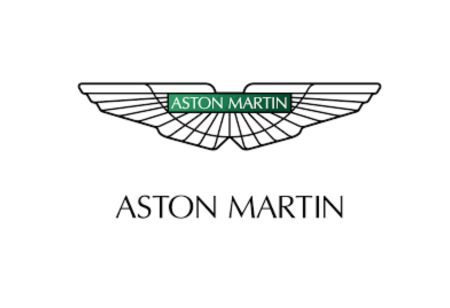



Electrophoretic Paint (EP) BLACK EP
Overview
Originally developed for the automotive industry Electrophoretic Painting (EP) is resistant to petrol, diesel, clutch fluid and break fluid. The coating has excellent corrosion resistance properties. It also has the feature of being uniform in thickness both externally and internally. It has remarkable resistance to “creep” corrosion. EP is now widely used in a variety of other industries requiring a cost-effective corrosion resistant black finish.
Also known as: EP Coating, E-Coat, Cataphoresis, KTL, Electrocoating, Electropainting, E Coating, Electrophoretic Deposition (EPD), Cathodic Dip Painting (CDP) and Electrodeposition.
Work Envelope
1.25m x 0.4m x 0.92m with a safe working load of 180KGs.
Suitable Substrate
Steel
Galvanised Steel
Aluminium
Ferrous and Non-Ferrous Castings
Pre-treatment
The fundamental requirement for any finish is a suitable substrate which has been correctly cleaned and pre-treated. This is particularly true for Electrophoretic Paint. Our plants have integral pre-treatment systems that will clean the component and deposit a lightweight Tri-cationic Phosphate before the Electrophoretic Paint. This gives an excellent bond between the paint and steel and significantly increases the corrosion resistance of the process. However, we do ask that components be presented to us in a rust free condition. Any form of aggressive cleaning or de-rusting is detrimental to the process
Specifications
The process is lead free and fully compliant to ELV legislation.
It is available in two grades;
Standard TWB 7900/PT
Standard (Alunimium) TWB 8100/ZAM
High build to specification TWB 8100/HB
Benefits
- Uniform coating thickness over all areas including sharp corners, recesses, cavities and areas that would be hard to reach with spray paint.
- Water based and non-toxic
- Complete product paint coverage, no touch-up usually required.
- Typically the better option when coating parts that contain hard-to-reach areas as the immersion of the work-piece into a liquid promotes a more even and thorough distribution of the coating than can be achieved with a spray gun.
- E-coat primers dry smooth and require little if any sanding or preparation prior to overcoating.
- Useful for any aggressive environment eg marine, areas of industrial pollution, areas of high humidity
Uses
Initially designed for the Automotive Industry, to give a superior corrosion protection compared to other finishes, Electrophoretic Paint is now of significant importance to other industries, where corrosion resistance is needed.
The process is sold as a “primer coat” mainly due to the fact that it is epoxy based. However, many companies use it as a finished coat or a topcoat over zinc plating / zinc nickel alloy plating where even higher corrosion protection is required. Used widely on zinc, aluminium and cast-iron castings, automotive pressings, high tensile steels, to avoid hydrogen-embrittlement.


